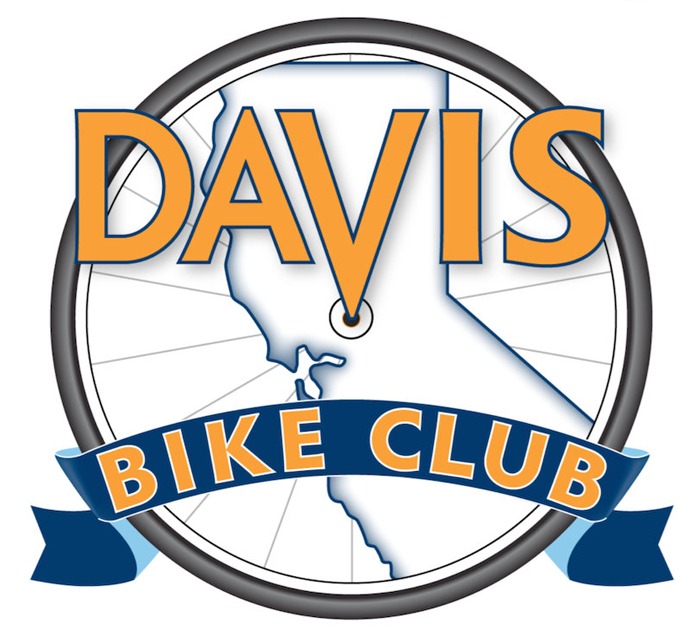With excerpts from www.humankinetics.com , www.ultracycling.com
In the week before the ride– food becomes an important consideration for a successful century ride. Two or three days before the Foxy’s, hydration should be a main focus. Drink water frequently. It’s also a good idea to cut back or eliminate caffeine and alcohol, both of which are diuretics, meaning that they tend to cause the body to excrete water, and that is the opposite of what is needed. Adding more carbohydrates to your diet, when coupled with the additional water, will be helpful, as it will allow the body to increase glycogen storage in the liver and muscles. Glycogen is a primary fuel source for your body, and it is especially important for times of high exertion.
On the morning of ride day – eat a light breakfast, choosing high carbohydrate foods combined with a modest amount of an easily digestible low fat protein. Protein tends to stabilize energy levels. This is not the time to experiment. Stick with foods that you know you will digest without issue. Choose from foods like cereal, granola, oatmeal, french toast, eggs, bagels, milk, fruit, juice, and yogurt. If you got an early start driving to Davis on ride day and didn’t have time to have breakfast, take advantage of the coffee and breakfast snacks available to riders near the sign-in area. Finally, aim to drink ½ – 1 liter of fluids, or enough that your urine runs pale yellow in the hours leading up to the start of the ride. Exercise performance is impaired when a person is dehydrated by as little as 2% of body weight.
During the ride – From the very start of your ride, begin to drink water or sports drink. Don’t wait until you are thirsty. When you are feeling thirsty, your body is telling you that you are already less than fully hydrated. It’s hard to recover from a deficit. Stay on top of your body’s hydration needs. Depending on your body mass, exertion level, and amount of perspiration, you may need 1 or 2 water bottles per hour to minimize the effects of dehydration on your performance and mood. Drink even when it’s cool outside – your body loses water not just from perspiration, but also from water vapor lost every time you exhale.
To sustain your energy level, the average person needs 30-60 grams of carbohydrate per hour of cycling. Simple sugar absorption into the bloodstream causes an excess burst of insulin, followed by the ensuing “crash” characterized by fatigue, and mood swings – “bonking”. The solution is to eat complex carbohydrates instead of simple sugars for your fuel. Energy drinks, gels and sports tailored snacks that are formulated with complex carbohydrates instead of simple sugars are good. Solid foods such as bagels, sandwiches, and pretzels are all better fuel options than candy, and other drinks and snacks with corn syrup sweeteners and other simple sugars. It’s also good to supplement with small amounts of easy to digest protein. During the extended exercise of a century ride, the body may begin to cannibalize protein from muscle tissue if modest amounts of protein are not ingested.
It’s better for digestion, comfort, and maintenance of energy levels to eat often, but in small amounts. A body can only process food so fast. Overeating and excessive consumption of carbohydrates, especially simple sugars can cause bloating. Again, this is not the time to experiment. Stick with foods that you know you will digest without issue.
Special consideration for hot days – For the long duration of a century ride, and especially when it’s hot, you know you will need extra water. However when it’s hot, you may not be replacing all the salt lost in sweat. When salt (sodium) in the bloodstream falls, the body may begin to restrict water absorption to maintain the required sodium concentration in the bloodstream. So although you may be drinking enough, water may remain unabsorbed in your stomach, sloshing around and making you feel bloated. This can be a warning sign. If sodium levels fall too low, it can become a serious threat to your health.
To avoid this, cyclists often choose energy drinks fortified with electrolytes. However most sports drinks have sodium levels that are fine for shorter rides, but inadequate for longer rides. To satisfy your extra need for sodium on hot days, consider taking supplemental salt or electrolytes. The easy way on the Foxy’s is to include in your snacks and lunch, foods that are high in salt content. Bagels, chips, pretzels, V8 juice, and pickles are examples of foods containing high levels of sodium. For this purpose, Foxy’s rest stops are stocked with many foods of this type.
Davis Bike Club’s Foxy’s Fall Century follows some of the most beautiful cycling roads of Napa, Solano, and Yolo counties. Nearly 200 volunteers will be with you along the way to make it safe and fun for you, and a ride that you will want to do year after year.
